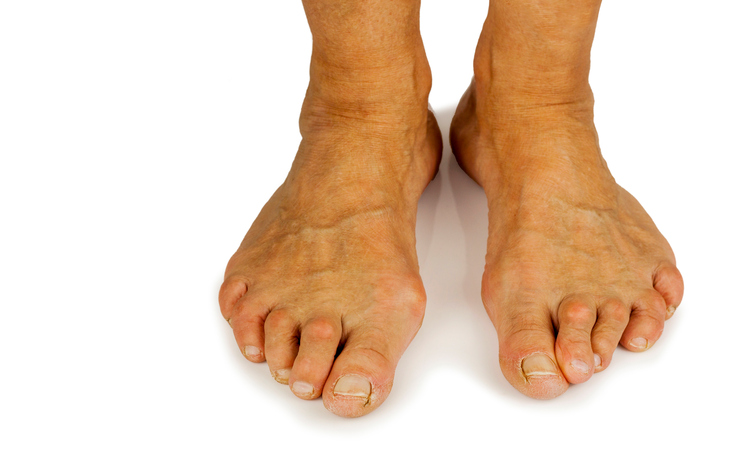Services - Single
Hammer, Claw and Mallet Toes
Symptoms, Causes and Treatment
Symptoms
A hammer toe is a toe that is contracted at the PIP joint (middle joint in the toe), potentially leading to severe pressure and pain. Ligaments and tendons that have tightened cause the toe’s joints to curl downwards. Hammer toes may occur in any toe except the big toe. There is often discomfort at the top part of the toe due to rubbing against the shoe.
Hammer toes are classified based on the mobility of the toe joints. There are two types – flexible and rigid. In a flexible hammer toe, the joint has the ability to move. This type of hammer toe can be straightened manually. A rigid hammer toe does not have that same ability to move. Movement is very limited and can be extremely painful. This sometimes causes foot movement to become restricted leading to extra stress at the ball-of-the-foot, and possibly causing pain and the development of corns and calluses.
Causes
Hammer toes result from a muscle, nerve, or joint damage resulting from conditions such as osteoarthritis, rheumatoid arthritis, stroke Charcot-Marie-Tooth disease or diabetes, which may result in the joint curling downward.
Tight shoes are the most common cause of these toe problems. Wearing tight shoes can cause the toe muscles to get out of balance. If a shoe forces a toe to stay in a bent position for too long, the muscles tighten and the tendons shorten, or contract. This makes it harder to straighten the toe. Over time, the toe muscles can't straighten the toe, even when you aren't wearing shoes. These toe problems form over years and are common in adults. Women are affected more often than men because they are more likely to wear shoes with narrow toes or high heels.
Treatment
Our professionals at FHP Group will decide which treatment, and products designed to relieve Hammer/Claw and Mallet toes, such as toe crests and toe splints. These devices will help hold down for example the hammer toe and provide relief. Supporting products are recommended to eliminate friction between the shoe and the toe, while providing comfort and lubrication.
Less often, these toe problems are linked with other conditions, such as diabetes, rheumatoid arthritis, stroke, or an injury to the foot or ankle.

